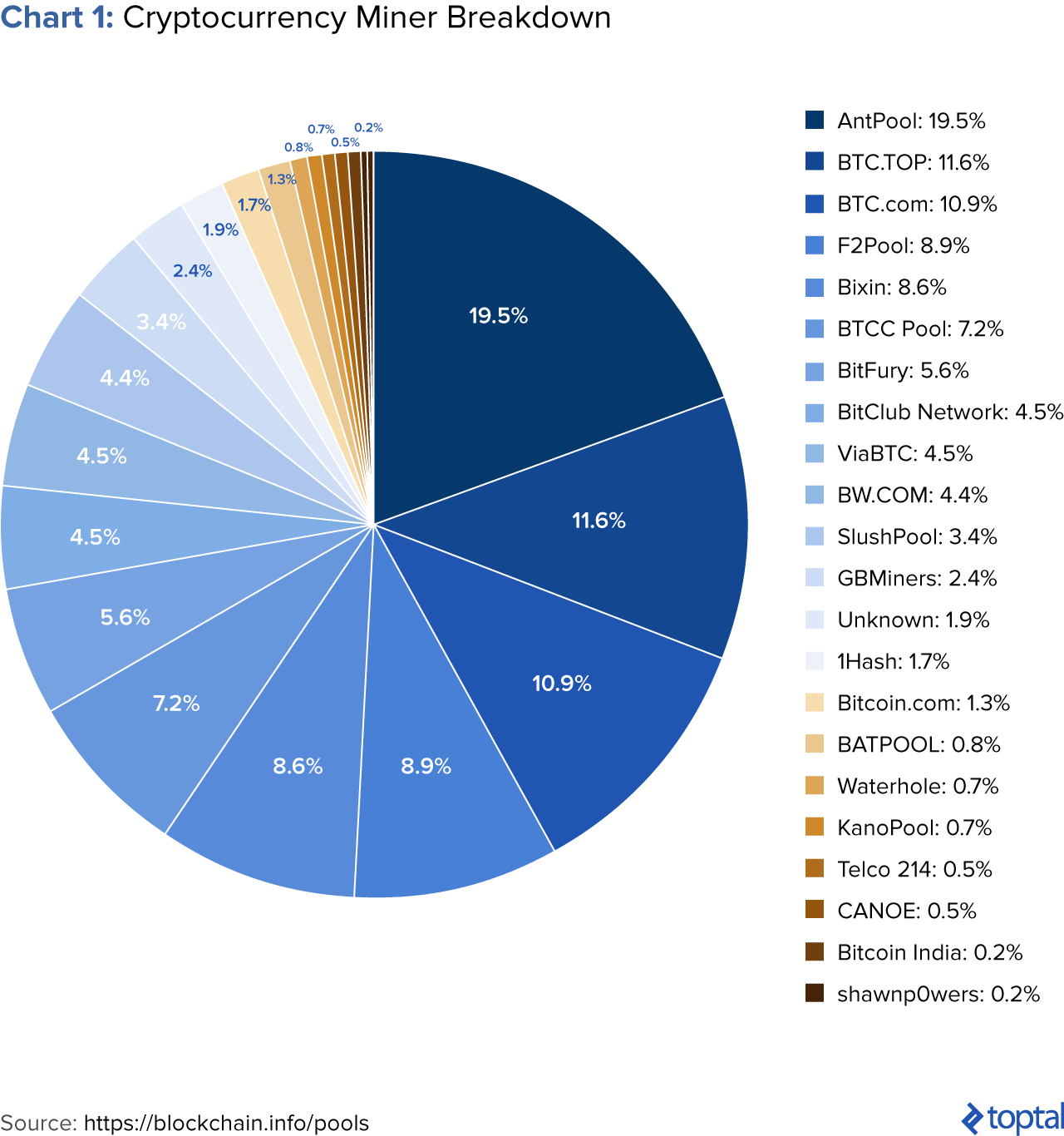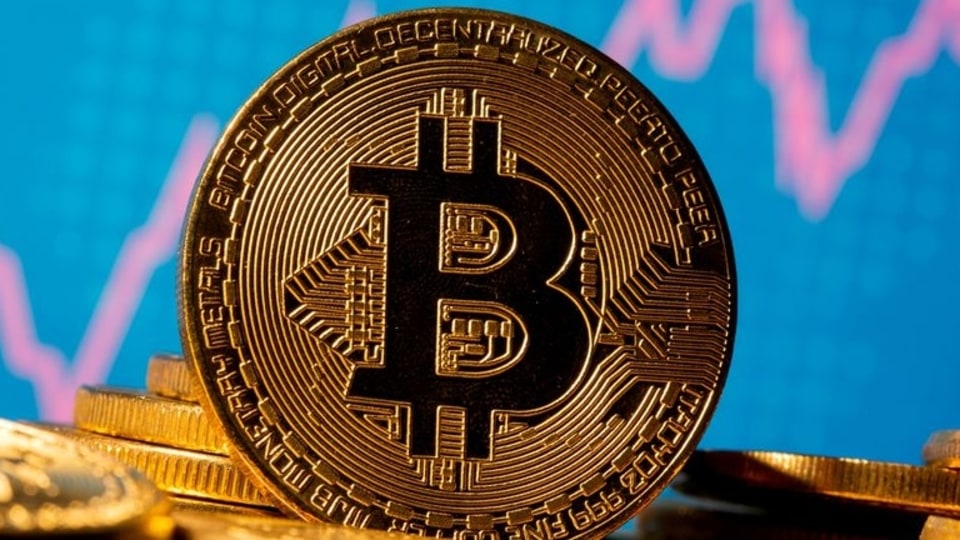Wie kleine bedragen op hot wallets zoals exchange wallets heeft staan, is nog niet direct doelwit van hackers. Echter is het zeker aan te raden dat wanneer de bedragen op hot wallets iets hoger worden, een deel van deze bedragen of crypto op te gaan slaan op cold storage hardware wallets.< https://test.com/ /p>
Een crypto wallet is een programma of toestel dat je publieke en private keys opslaat voor cryptocurrencytransacties. Met een crypto wallet kan je een digitale handtekening zetten onder een transactie of smart contract. Je kunt een crypto wallet gebruiken om zowel crypto op op te slaan, versturen als ontvangen.
Een hardware wallet kopen in de winkel of van iemand anders, wordt ten zeerste afgeraden. Je dient namelijk een hardware wallet altijd van de website van de fabrikant direct te bestellen, omdat je anders niet zeker kan weten of iemand de private key nog ergens bewaard of niet.
Met een hot wallet kunnen crypto’s ontvangen en verzonden worden, terwijl met een cold wallet in eerste instantie alleen coins ontvangen kunnen worden. Hot wallets zijn ook in zekere zin iets minder veilig, aangezien deze dus online zijn en vatbaar voor crybercriminaliteit.
Met een crypto wallet bedoelen we een speciaal software programma (of hardware device) waarmee een crypto trader zijn of haar crypto kan opslaan. Een crypto exchange is, aan de andere kant, een website of service waar iemand crypto kan kopen of verkopen, zowel met crypto als met fiatgeld.
Cryptocurrency list
The term DeFi (decentralized finance) is used to refer to a wide variety of decentralized applications that enable financial services such as lending, borrowing and trading. DeFi applications are built on top of blockchain platforms such as Ethereum and allow anyone to access these financial services simply by using their cryptocurrency wallets.
Cryptocurrency was invented by Satoshi Nakamoto, which is the pseudonym used by the inventor of Bitcoin. Even though digital currency concepts existed before Bitcoin, Satoshi Nakamoto was the first to create a peer-to-peer digital currency that reliably solved the issues facing previous digital money projects. Bitcoin was initially proposed in 2008 and launched in early 2009. Following the invention of Bitcoin, thousands of projects have attempted to imitate Bitcoin’s success or improve upon the original Bitcoin design by leveraging new technologies.

The term DeFi (decentralized finance) is used to refer to a wide variety of decentralized applications that enable financial services such as lending, borrowing and trading. DeFi applications are built on top of blockchain platforms such as Ethereum and allow anyone to access these financial services simply by using their cryptocurrency wallets.
Cryptocurrency was invented by Satoshi Nakamoto, which is the pseudonym used by the inventor of Bitcoin. Even though digital currency concepts existed before Bitcoin, Satoshi Nakamoto was the first to create a peer-to-peer digital currency that reliably solved the issues facing previous digital money projects. Bitcoin was initially proposed in 2008 and launched in early 2009. Following the invention of Bitcoin, thousands of projects have attempted to imitate Bitcoin’s success or improve upon the original Bitcoin design by leveraging new technologies.
Cryptocurrency mining is the process of adding new blocks to a blockchain and earning cryptocurrency rewards in return. Cryptocurrency miners use computer hardware to solve complex mathematical problems. These problems are very resource-intensive, resulting in heavy electricity consumption.
NFTs are multi-use images that are stored on a blockchain. They can be used as art, a way to share QR codes, ticketing and many more things. The first breakout use was for art, with projects like CryptoPunks and Bored Ape Yacht Club gaining large followings. We also list all of the top NFT collections available, including the related NFT coins and tokens.. We collect latest sale and transaction data, plus upcoming NFT collection launches onchain. NFTs are a new and innovative part of the crypto ecosystem that have the potential to change and update many business models for the Web 3 world.
What is cryptocurrency
In addition, the Crypto.com Exchange is distinct from the Crypto.com Main App, and the availability of products and services on the Crypto.com Exchange is subject to jurisdictional limits. Before accessing the Crypto.com Exchange, please refer to the following link and ensure that you are not in any geo-restricted jurisdictions.
According to Vanessa Grellet, renowned panelist in blockchain conferences, there was an increasing interest from traditional stock exchanges in crypto-assets at the end of the 2010s, while crypto-exchanges such as Coinbase were gradually entering the traditional financial markets. This convergence marked a significant trend where conventional financial actors were adopting blockchain technology to enhance operational efficiency, while the crypto world introduced innovations like Security Token Offering (STO), enabling new ways of fundraising. Tokenization, turning assets such as real estate, investment funds, and private equity into blockchain-based tokens, had the potential to make traditionally illiquid assets more accessible to investors. Despite the regulatory risks associated with such developments, major financial institutions, including JPMorgan Chase, were actively working on blockchain initiatives, exemplified by the creation of Quorum, a private blockchain platform.
Systems of anonymity that most cryptocurrencies offer can also serve as a simpler means to launder money. Rather than laundering money through an intricate net of financial actors and offshore bank accounts, laundering money through altcoins can be achieved through anonymous transactions.

In addition, the Crypto.com Exchange is distinct from the Crypto.com Main App, and the availability of products and services on the Crypto.com Exchange is subject to jurisdictional limits. Before accessing the Crypto.com Exchange, please refer to the following link and ensure that you are not in any geo-restricted jurisdictions.
According to Vanessa Grellet, renowned panelist in blockchain conferences, there was an increasing interest from traditional stock exchanges in crypto-assets at the end of the 2010s, while crypto-exchanges such as Coinbase were gradually entering the traditional financial markets. This convergence marked a significant trend where conventional financial actors were adopting blockchain technology to enhance operational efficiency, while the crypto world introduced innovations like Security Token Offering (STO), enabling new ways of fundraising. Tokenization, turning assets such as real estate, investment funds, and private equity into blockchain-based tokens, had the potential to make traditionally illiquid assets more accessible to investors. Despite the regulatory risks associated with such developments, major financial institutions, including JPMorgan Chase, were actively working on blockchain initiatives, exemplified by the creation of Quorum, a private blockchain platform.
Systems of anonymity that most cryptocurrencies offer can also serve as a simpler means to launder money. Rather than laundering money through an intricate net of financial actors and offshore bank accounts, laundering money through altcoins can be achieved through anonymous transactions.






